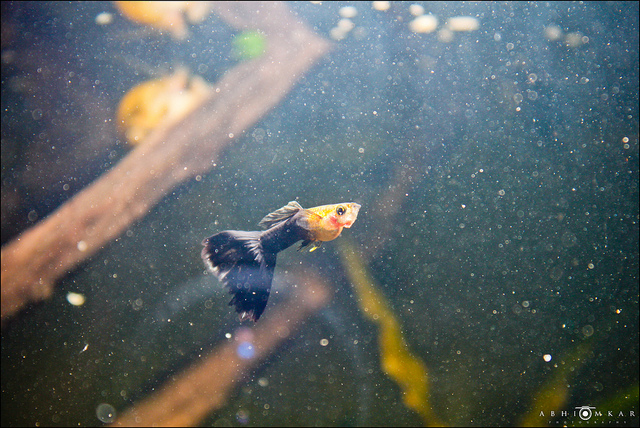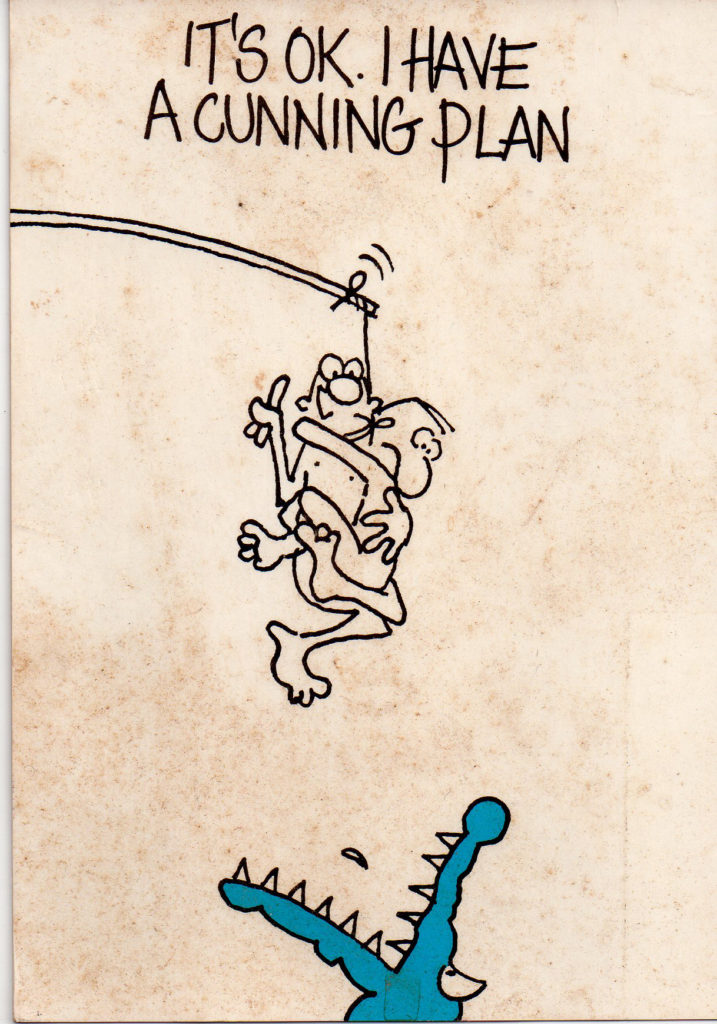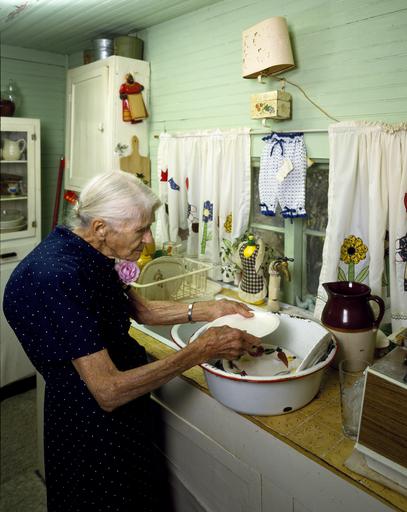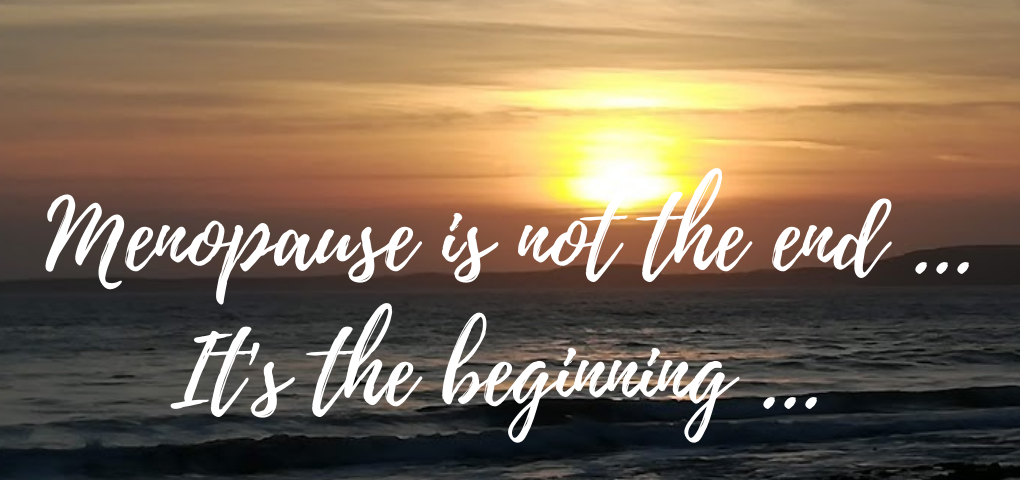A little about menopause, perimenopause and even post-menopause. Some of this you will know but I hope there are a few take-aways for you to help with the experience of potentially one of the most challenging parts of your life as a woman….
We know that humans, killer whales and pilot whales are the top 3 mammals that experience menopause. That information is changing all the time. For example, it was recently found that Beluga whales and narwhals can be added to the ranks of menopausal mammals.
Sharing our menopause around!
There is always an exception to every rule and this exception is the Guppy … a poor little fish. Current existing data supports the view that menopause occurs in a number of primate species and is not unique to humans. Menopause has been observed in rhesus monkeys and other primates. It’s very interesting … if you like that type of thing.

Whether you’re a Guppy or not, the slide into menopause is a major life change in which the social and psychological ramifications of the transition are frequently ignored or underestimated.
Menopause
usually occurs around 51 and is defined as the “cessation of menstruation”. It’s official when you have gone 12 months without a period. It can occur as early as 35 or as late as 60; each woman is unique in her experience. It is a natural part of every woman’s life and is the end of a woman’s reproductive years. Now is the time to find a cunning plan to work your way through it with the least amount of trauma …

One of the things that we all find most distressing is the physical changes that can happen. We know they exist (we’ve seen them in others) but, for some reason, we’re shocked, surprised and horrified when they happen to us. Read the article about becoming a Menopause Changeling
Perimenopause …
is the start of it all. Use your own observations or have a simple blood test to tell if you are in perimenopause, which is caused by the gradual decline of oestrogen and progesterone levels. One of the key signs is erratic periods
It can start as early as the thirties and can take months (or even years). It’s often a stop-start process and it’s possible it will cause changes in the ovaries and uterus as well as complex changes within the brain; mood swings, irritability, mental confusion and hormone-related brain fog to name but a few.
See? You’re not going mad …
“We are what we think. All that we are arises with our thoughts. With our thoughts, we make our world.” – Buddha
In other words, it’s important to understand that a woman’s feelings about aging may cause perimenopause changes to be more intense
Hormone levels swing enormously during perimenopause; there is currently no definitive test to determine when your periods will finish.
Three different types of menopause:
Induced menopause …
is caused by removal or damage to the ovaries (as with oophorectomy, hysterectomy and chemotherapy); it starts immediately and there is no perimenopause.
Early or Premature menopause …
occurs before the age of 40. It may occur naturally. It may be induced; surgically or chemically or by radiation and/or chemotherapy for cancer.
Women who experience early menopause are at increased risk for osteoporosis and heart disease because of the drop in hormones.

due to Osteoporosis
Surgical menopause …
is caused by the removal of the ovaries (oophorectomy) before natural menopause happens. There is a sudden and permanent drop in ovarian hormones.
Hormone treatment is usually started immediately after surgery because symptoms may be intense.
Climacteric
Another term for menopause. If you experience really bad flushes you’ll probably prefer this name because it is so much more appropriate!
When we finally drag ourselves to the finishing line of menopause we’re officially described as being post-menopause. THIS is where the most exciting part of your Life Journey can begin …



